Transparency & Layer Blending: Creating Realistic Fabrics in Studio
📌 A quick guide for adding lightness and depth to your textiles
🧵 1. Why transparency matters
Some fabrics like chiffon, organza, or tulle are delicate and semi-transparent. To replicate their airy look, you need to play with layer opacity and blending.
🎨 2. How to use transparency in Studio
Adjust the opacity slider on your fabric layer to make it lighter and see what’s beneath
Overlay multiple fabric layers with different transparency settings to create a multi-dimensional look
Combine transparent layers with patterns and textures for richness
🖌️ 3. Tips for realistic effects
Use softer brushes and lower opacity when adding shadows and highlights on transparent fabrics
Avoid harsh, opaque shadows—keep them subtle to maintain the fabric’s lightness
Layer patterns with different scales and transparency to imitate depth
💡 Tip
Try duplicating your fabric layer, adjust opacity on the top one, and experiment with shadow and highlight settings separately. This way, you control the balance between texture, transparency, and light.













